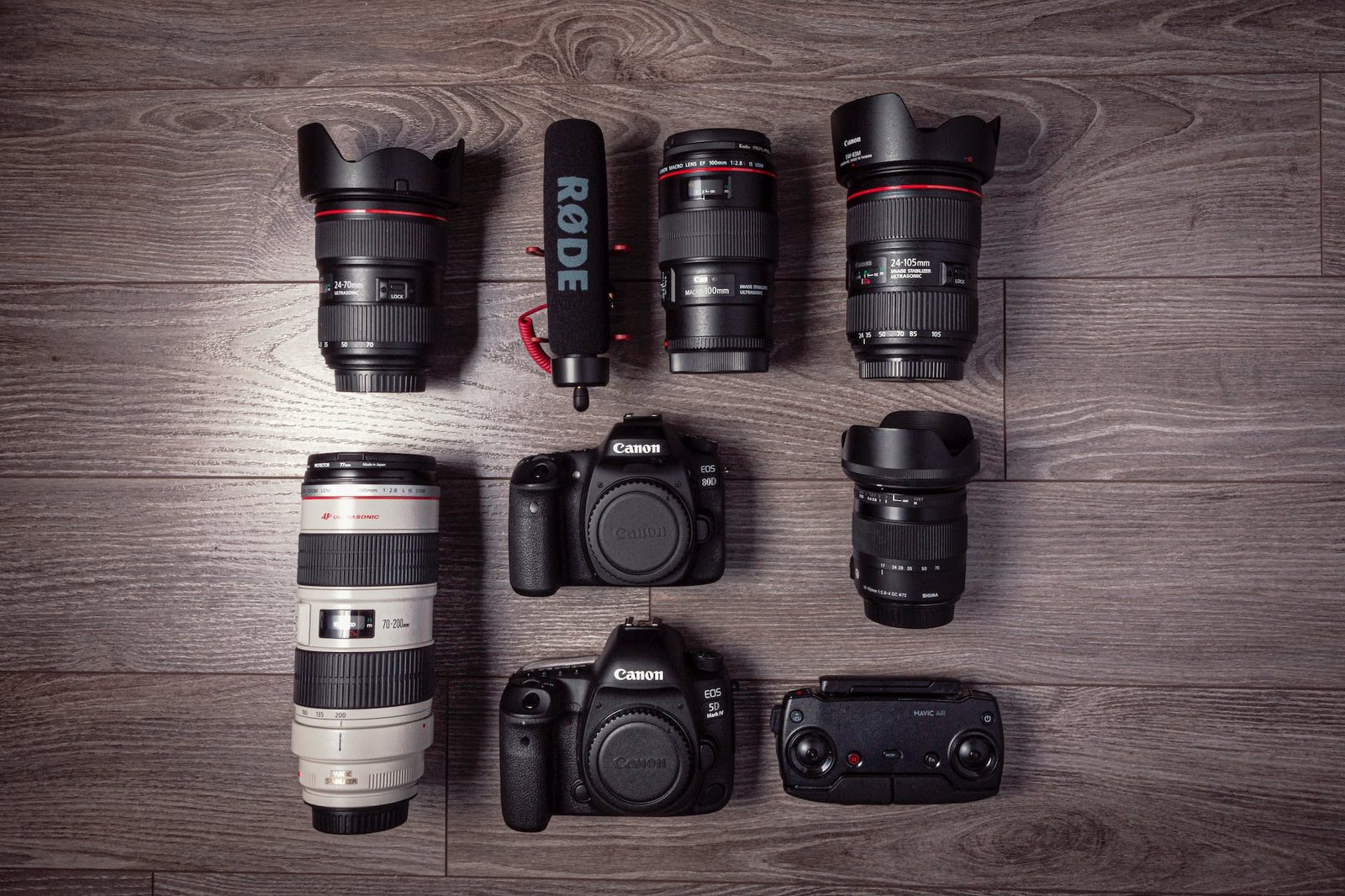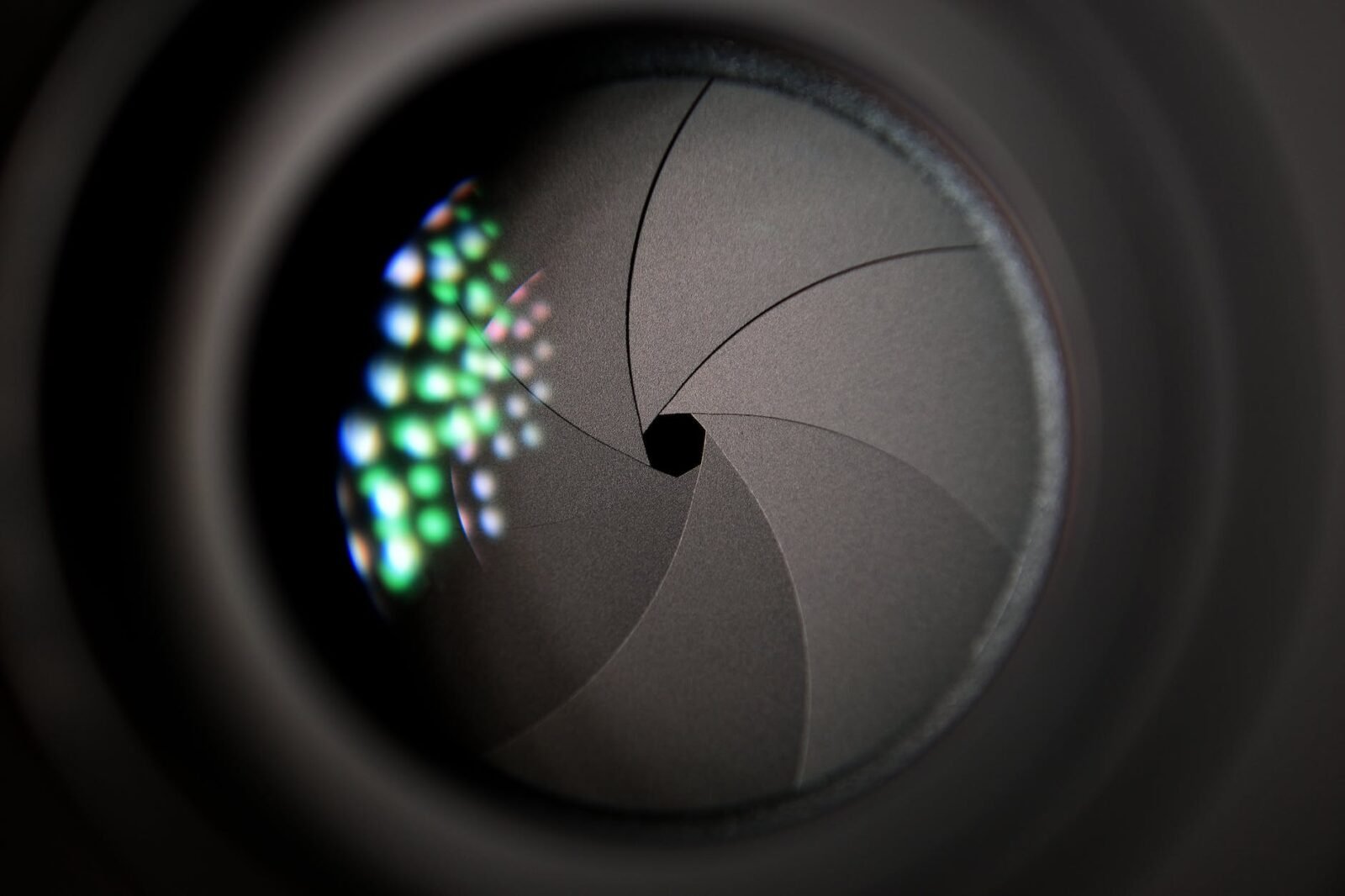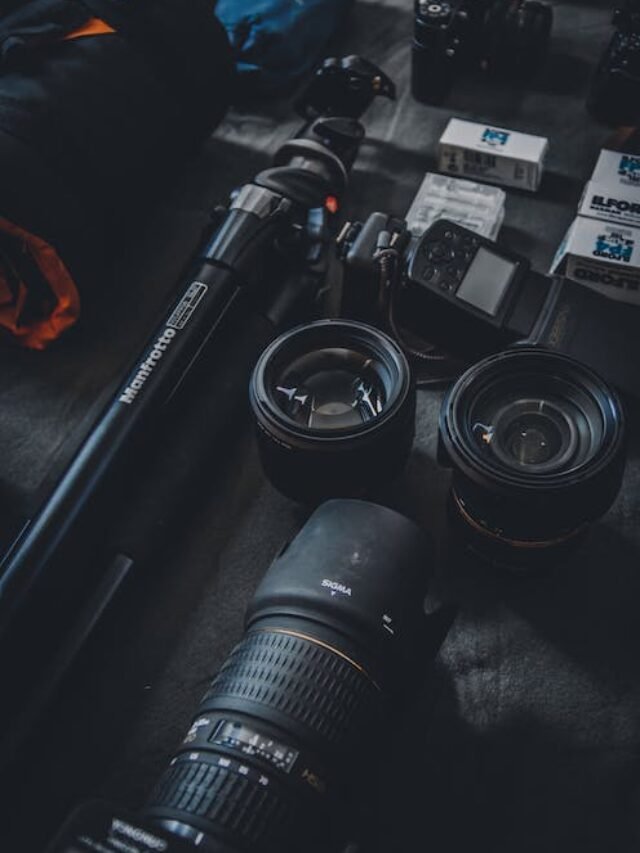Last Updated on June 10, 2024 by Daniele Lima
Stay up to date with Technological Innovations and Trends in Digital Cameras
In the last years, the world and photography have evolved incredibly measuring what technology time is and the way we capture It is we share time. Digital cameras are one part important of that development continuous It is played A paper important already meet these surprising advances. This article has as aims to supply a guide complete for those who want to learn about the latest news It is a resource the digital cameras.
Has to measure what us we delve deeper already more recent technology, we will see all, from sensors advanced and capabilities to images even power tools of production that are redefining the until and photography. Furthermore, we analyze the emergence of new categories of cameras, such as camera reflex, that challenge the specifications established by the camera’s SLR digital traditional.
In search for appearance, performance is quality of communication Always he was a hero of this innovation, which not only reflects you wishes of consumers but also reflects looking for to be a continued work technician. By noticing these changes, we can better understand the state of current digital cameras and to understand the future of technology. Prepare to dive into an exciting world and technology It is in the wonders and digital cameras of the 21st century.
Table of Contents
What is a mirrorless camera?
A mirrorless camera, also known as a mirrorless camera, is a type of digital camera that does not use a reflective mirror to direct light into the optical viewfinder. Unlike DSLR (Digital Single-Lens Reflex) cameras, mirrorless cameras do not need a movable mirror and pentaprism in the optical viewfinder.
The absence of a mirror allows mirrorless cameras to be more compact and lightweight compared to DSLRs. Instead of an optical viewfinder, mirrorless cameras often have an electronic viewfinder (EVF) or just the LCD screen on the back of the camera for direct viewing. The image you see in the viewfinder or LCD screen is generated by a digital image sensor in real-time.
Mirrorless cameras have become popular due to their portability, advanced performance, and ability to swap lenses, similar to DSLRs. They are suitable for a variety of photographic applications, from amateur enthusiasts to professionals, offering flexibility and image quality.
Ring Camera System

A ring camera system generally refers to a home security device that includes a surveillance camera mounted on a ring-shaped bracket. These systems are often used to monitor the area around a home and provide additional security. Here are some common elements associated with ring camera systems:
- Surveillance camera:
- The camera itself is usually mounted on a circular or ring base,
- Hence the term “ring camera”. These cameras can be connected to the internet and transmit images in real time to mobile devices or computers.
- Internet Connectivity:
- Most ring camera systems are equipped with internet connectivity, allowing users to access footage and monitor their home security remotely.
- Motion Detection:
- Many ring cameras have motion detection features that activate recording or notify users when motion is detected. This is useful for alerting you to the presence of people or animals nearby.
- Data storage:
- Images captured by the camera are often stored somewhere, whether on a memory card in the camera itself, on a network-attached storage device (such as a local server), or in cloud services.
- Application or Control Platform:
- Most ring camera systems are managed through an app or online platform. This allows users to monitor their cameras, set alerts, and review recordings remotely.
- Two-Way Audio:
- Some models have two-way audio capabilities, allowing users to hear what is happening in the monitored area and also speak through a speaker built into the camera.
- Night vision:
- Many ring cameras come equipped with night vision, allowing you to record images in low-light conditions or complete darkness.
Ring camera systems can be an effective part of a wider home security system, providing users with peace of mind when monitoring their properties, even when they are away from home. It is important to follow local privacy laws when installing and using these devices.
Camera Polarized Lens
A camera with a lens polarizing It has a special lens that incorporates a polarizing filter. A polarizing filter is designed to reduce or suppress unwanted reflections and reflections from non-metallic surfaces such as glass and water. It can also improve contrast and color saturation in certain lighting conditions.
Polarization occurs when light is reflected from a surface and becomes partially polarized. This means that the light will oscillate in the desired direction. The polarizing filter on a camera lens is adaptive and can be scrolled to control the amount of polarization used.
Adjusting polarization You can eliminate or reduce reflections from surfaces such as water or glass, resulting in sharper, more colorful images. Additionally, a polarizing filter can be useful in bright conditions, such as a sunny day, to reduce glare and improve visibility.
It is important to note that using polarized lenses can affect image exposure. Consequently, you may need to adjust camera settings such as aperture and shutter speed to compensate. Experimenting with different settings and angles can help you get the best results in different situations.
Blink Camera

You’re probably referring to Blink cameras, which are a line of wireless security cameras manufactured by the company Blink Home Security. These cameras are compact, easy to install, and battery-powered, making them ideal for home surveillance.
Blink cameras are commonly used for indoor and outdoor surveillance, allowing users to check the security of their homes through a mobile app. They can be set to detect motion and send notifications when activated.
Blink cameras are known by your ease of installation and operation which wire. They generally are fed by lithium batteries long duration, the what you become convenient for installation in places where cable installation is difficult. Cameras offer features such as detection of movement, HD recording, and live streaming by quite of mobile applications.
Users can set up detection areas movement It is personalized notification settings for to receive alerts when suspicious activity is detected. Additionally, many models have night vision, allowing monitoring continuous same in conditions of light.
Highlight what specific technologies and resources can vary between the different models of Blink cameras launched to the far away do time. Make sure to check the specifications of the model specifically what you are wearing to obtain details about its features.
Sony Camera
Sony is known by to produce a wide complete of cameras, from compact cameras to mirror and DSLRshigh quality. They are popular among amateur and professional photographers.
Some notable models include Alpha series cameras, such as the A7 and A9 series of digital cameras which mirror, what are known by your quality of image superior It is performance in conditions of few light. Additionally, Sony also manufactures one series of Cyber-shot compact cameras, ideal for users what seek portability which sacrifices the quality of the image.
Each model specific can to have exclusive features, as sensor resolution, video recording capabilities, advanced focus automatic, and very more.
Disposable Camera
These cameras are popular for special events, parties, trips, and occasions where capturing unique moments is important, but convenience and simplicity are preferred to quality advanced photography. after the film, It is revealed and photos can be printed. Some modern disposable cameras also offer the option of Scanning Photos to facilitate sharing online.
An important use is that, although these digital cameras are convenient, the quality of your photos can vary in with stop with digital cameras more advanced. They are one choice practice in certain situations, but if you search for high-quality images and advanced photographic features, may not be a better choice.
In addition to the convenience and simplicity, disposable cameras have some other features and considerations that you must know:
Cost: Disposable cameras generally they are more cockroaches than digital Cam or even the same reusable analog cameras. They are one economical option for those who he want to capture special moments and invest in photographic equipment more expensive.
Easy to use: Disposable cameras are designed to be very easy to use. Normally has one only speed shutter, opening fixed It is no control complex. That you become one choice popular for people with photographic experience.
Photographic: Due to the simplicity of their design, disposable cameras may have limitations related to exposure, focus, and other photographic settings. This can result in images that may not meet the expectations of more experienced photographers.
Film reveal: After use, disposable cameras must be taken to a photo laboratory for film development. In some situations, this may take some time and results may vary depending on the quality of the development service.
Sustainability: The single use of disposable cameras creates environmental problems due to the disposal of plastics and chemical materials used in films. Some brands look for more sustainable options, but this can vary.
Wyze Camera
Wyze Camera refers to a series of surveillance cameras and home security devices manufactured by Wyze Labs. These cameras are known for their advanced features at an affordable price. Some of the common features of Wyze cameras include:
Accessibility: One of the main advantages of the Wyze line is its affordable price compared to many other security cameras on the market.
Wi-Fi Connectivity: Wyze cameras often come with Wi-Fi connectivity, allowing you to connect them to your home network for remote monitoring.
Video resolution: Many Wyze cameras offer HD video resolution for sharp image quality. Night Vision: Most models have night vision for tracking in the dark.
Motion Detection: Wyze cameras often have motion sensors that alert you when activity is detected.
Cloud and/or SD card storage: Some models have the ability to save recordings to the cloud or to a microSD card.
Application Integration: Wyze cameras can be controlled and monitored through mobile apps, providing an intuitive user experience.
Two-way audio: Some cameras have a two-way audio feature that allows the camera to communicate camera to the app and from the app to the camera.
Please note that certain information may differ depending on your Wyze camera model as the company releases new products and updates them regularly. Be sure to check the specifications of the model you are interested in.
Conclusion: The search for the perfect image through the ages
At constant evolution in the world of photography caused by rapid technological development has changed significantly as we capture It is we share moments. With advances significant, from sensors advanced to powerful production tools, digital cams are fundamental to this constant scenario change. The emergence of new categories, such as SLRs, challenges established standards and raises the photographic experience to new heights.
In search for constant aesthetics, performance, and quality of communication drives this innovation, which reflects not only you wishes of consumers, but also a constant commitment to improvement technicians. To examine these changes, we can get a deeper understanding of the state current of cameras digital and launch light on the future excitment of photographic technology. This an invitation to explore and appreciate the wonders of the exciting world of digital cameras century21, where creativity and technology combine to become unique moments.
Digital Cameras – FAQ:
How to choose a digital cameras
There are many important factors to consider when choosing a digital camera. First, evaluate your photography needs: Are you a casual photographer, hobbyist, or professional? For daily use, a lightweight camera or smartphone will be sufficient. For better performance and more practical use, mirrorless cameras or SLR cameras are better options that offer advanced features and flexibility. Please pay attention to the size and resolution of your camera sensor as this may affect image quality. Larger sensors generally provide better performance in low light.
Check out features like image stabilization, autofocus functionality, and shutter speed, which are important for many types of photography. Finally, consider connectivity options like Wi-Fi and Bluetooth to easily share and transfer photos. Staying informed about the latest technology in digital cameras can help you make informed decisions, and choose a camera that meets your needs and keeps up with the market.
What to do with old digital cameras
Even if you upgrade to a new model, your old digital cameras may still be useful. One option is to recycle them; Use them as time-lapse cameras, security cameras, or even webcam backups. If the camera is still in good working order, consider donating it to a school, community center, or charity that could benefit from it. Another option is to sell online through platforms like eBay, Craigslist, or a dedicated photography website, with the possibility of making some money for other investments.
If the camera no longer works, recycle it appropriately to ensure e-waste is disposed of responsibly. Many electronics stores and recycling centers have old devices. By finding new uses or disposing of old digital cameras responsibly, you can contribute to sustainability and the ability to help others discover photography.
What do digital cameras use instead of photographic film?
Digital cameras use image sensors instead of film to capture images. The two main types of sensors are CCD (Combined Device) and CMOS (Complementary Metal Oxide Semiconductor). These sensors convert light into an electrical signal, which is then processed to create a digital image. A digital camera’s resolution is measured in megapixels, which represent the pixels of the sensor.
Higher megapixel counts generally provide more detailed images. Additionally, digital cameras often come with built-in storage options such as memory or memory cards, allowing users to easily store and transfer images. Advanced sensors and processing power allow digital cameras to offer many features such as rapid shooting, multiple exposures, and real-time image analysis. This technology revolutionized photography, making it easier and more accessible than it was in the film era.











Leave a Reply